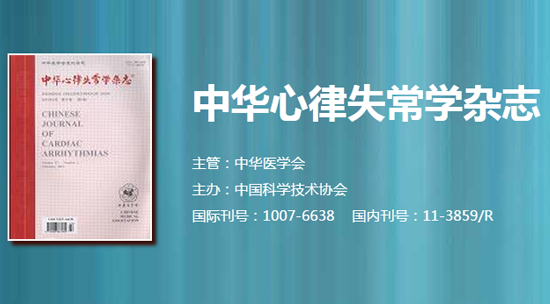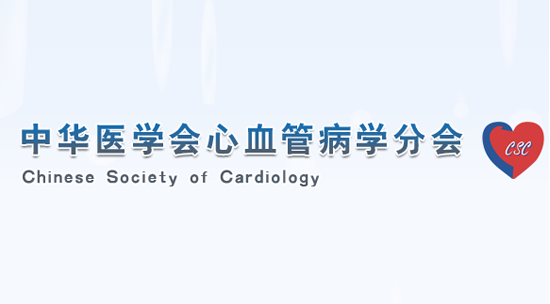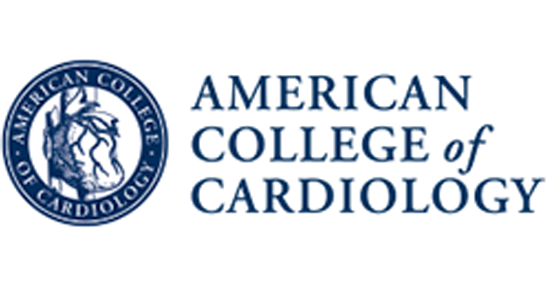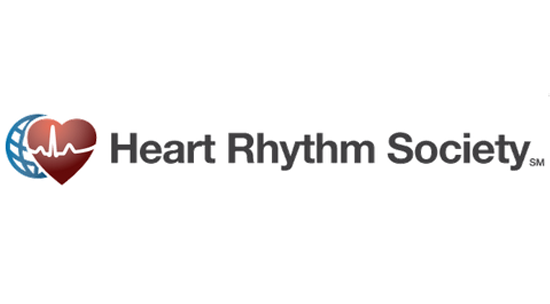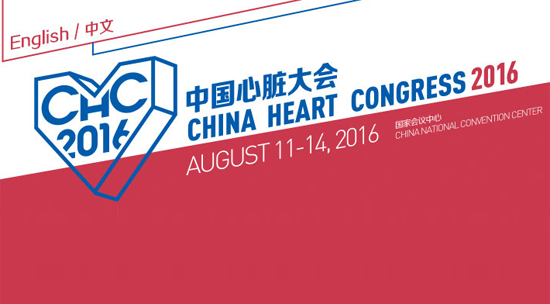Heart Rhythm主编—陈鹏生教授语音速递(三月刊 英文版)
<< First issue in Mar 2019 >>
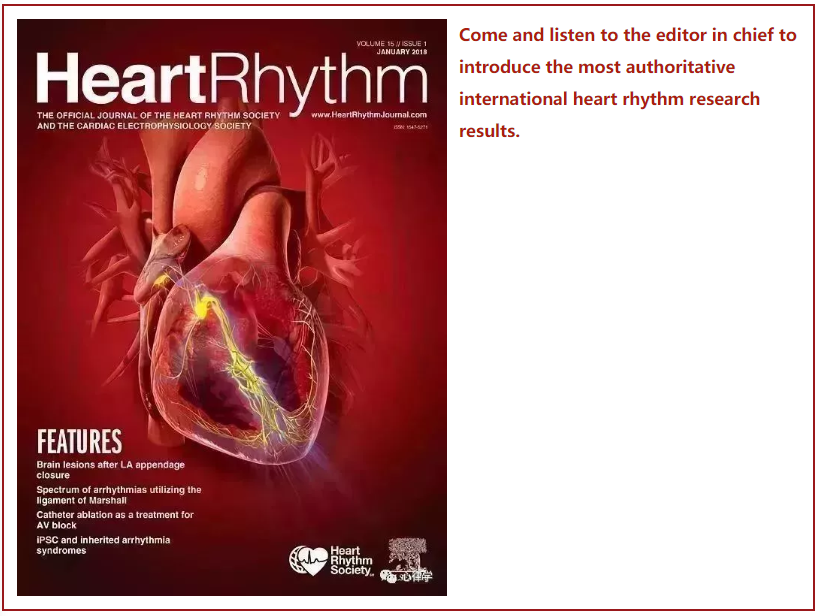
1
The featured article this month is titled, “Left Atrial Appendage Closure with the Watchman Device Using Intracardiac vs Transesophageal Echocardiography, Procedural and Cost Considerations” by Hemam et al. from Houston Methodist DeBakey Heart and Vascular Center. An accompanying video author interview conducted by our online editor, Dr. Daniel Morin, can be found at the www.heartrhythmjournal.com website. The authors showed that intracardiac echocardiography is safe, feasible, and comparable in cost to transesophageal echo during left atrial appendage closure with a Watchman device. Moreover, avoiding general anesthesia makes ICE a more convenient and less invasive option. The study is limited by a lack of randomization, and the results may be applicable only to operators who are very experienced with intracardiac echocardiography.
2
The next article is written by D’Souza et al. from Copenhagen University Hospital, titled“Incidence of atrial fibrillation in conjunction with breast cancer”. The authors matched 74,000 breast cancer patients with 222,000 from the background population. They found that the incidence of atrial fibrillation was increased in patients with breast cancer. Treatment of breast cancer may indirectly impact AF risk. Ionizing radiation carries a dose-dependent increased risk of heart failure and ischemic heart disease, both of which are established risk factors for AF. However, the real mechanism of this association remains unknown.
3
Up next is “Impact of dense 'smoke' detected on transesophageal echocardiography on stroke risk in patients with atrial fibrillation undergoing catheter ablation” written by Gedikli et al., from the Texas Cardiac Arrhythmia Institute, Austin, Texas. The authors analyzed 2,500 patients. They found that the presence of dense left atrial smoke did not show any correlation with peri-procedural thromboembolic events in patients undergoing catheter ablation with uninterrupted anticoagulation. However, a significant association was observed with late stroke and TIA, irrespective of the CHA2DS2-VASc score. These findings generate a hypothesis that occlusion of the left atrial appendage may prevent late thromboembolic events in patients with dense smoke. That hypothesis can be tested by prospective studies.
4
Viles-Gonzalez et al. from Tulane University wrote the following paper titled “Outcomes of patients admitted with ventricular arrhythmias and sudden cardiac death in the United States”. The authors studied the United States Nationwide Inpatient Sample and identified 291,000 ventricular arrhythmia admissions between 2010 to 2015. They found that during the study period, there was a decrease in admissions for ventricular arrhythmias, decrease in ICD utilization, a change in pattern of VT ablation utilization, and an increase in in-hospital mortality in sudden cardiac death patients. The authors identified predictors of adverse outcomes from these data. These predictors may be helpful in developing risk models for patients undergoing risk-stratification for sudden cardiac death. A prospective study is needed to determine if there is a real change in the epidemiology of sudden cardiac death in the United States.
5
There are two papers about ablation near the AV node. The first one is titled “Clinical Presentation of Ventricular-Hisian and Ventricular-Nodal Accessory Pathways” by Chung et al from the Cleveland Clinic. The authors described 7 cases in whom the narrow QRS tachycardia came from these accessory pathways. Among them, successful pathway ablation was achieved in 6 of the 7 cases. They conclude that ventricular-Hisian and ventricular-nodal accessory pathway-associated tachyarrhythmias should be distinguished from typical forms of AVNRT. Catheter ablation of these pathways can be successfully accomplished using mapping techniques described in this report. The second paper is written by Luo et al. from Guangdong Cardiovascular Institute, Guangzhou, China. The paper is titled “Catheter Ablation of Right Sided Para-Hisian Ventricular Arrhythmias using a Simple Pacing Strategy”. The authors used pacing techniques to differentiate the near-field from far-field His activations. They successfully ablated 13 of 14 patients, without causing AV block. Both papers report new techniques to map and ablate potentially problematic arrhythmias arising from sites near the AV node.
6
Next up is a paper titled “The Safety and Accuracy of the RHYTHMIA Mapping System in Pediatric Patients” by Mori et al from the Saitama Medical University International Medical Center, Japan. The authors studied 23 patients with body weight of less than 20 Kg. They found that the mapping system can be safely and effectively used in mapping various arrhythmias in pediatric patients.
7
Yagishita et al. from Tokyo Women’s Medical University, Japan wrote the following article titled “Time interval from left ventricular stimulation to QRS onset is a novel predictor of non-response to cardiac resynchronization therapy.” They found that the stimulus-to-QRS interval was significantly shorter in responders than in non-responders. Patients with stimulus-to-QRS interval <37ms showed a 96% CRT response rate. They suggest that stimulus-to-QRS mapping may help to avoid pacing within scar, thus improving the CRT response rate.
8
The next article is from Quast et al from University of Amsterdam, Netherlands. The title is “A novel tool to evaluate the implant position and predict defibrillation success of the subcutaneous implantable defibrillator: the PRAETORIAN score.” The PRAETORIAN score is based on clinical and computer modeling knowledge of determinants affecting the defibrillation threshold, including sub-coil fat, sub-generator fat and anterior versus posterior positioning of the subcutaneous ICD generator. The PRAETORIAN score allows identification of patients with high defibrillation thresholds using routine chest X-ray and provides feedback to implanters on S-ICD positioning. If confirmed by a prospective randomized trial, this score might be useful in guiding subcutaneous ICD implantation.
9
Next up is “Unexpected Shift in Circadian and Septadian Variation of Sudden Cardiac Arrest: The Oregon Sudden Unexpected Death Study” by Ni et al. from Cedars-Sinai Medical Center, Los Angeles. During 2002-2014, the authors identified 1535 adults who suffered a witnessed sudden cardiac arrest, with time of first emergency medical service contact recorded. They failed to observe either the expected morning peak or the expected Monday peak in sudden cardiac arrest. The authors speculated that the unexpected shift of sudden cardiac arrest timing may be due to the advent of the internet and smart phones, allowing for access to entertainment, social life, and even work activities 24 hours a day, 7 days a week.
10
Fink et al. from Hamburg, Germany wrote the following article titled “Positive impact of pulmonary vein isolation on biventricular pacing in non-responders to cardiac resynchronization therapy”. The authors found that catheter ablation of AF significantly improves CRT response in heart failure patients with concomitant AF. The benefit may come from stable sinus rhythm and increased frequencies of biventricular capture by the pacing output. These results support the rhythm control strategy for heart failure.
11
The next paper is titled “Reverse left ventricular structural remodeling following catheter ablation of atrial fibrillation in patients with preserved left ventricular function” by Kowallick et al. from University Medical Centre Göttingen, Germany. They found that there was a significant decrease in native T1 values in patients with successful restoration of sinus rhythm after catheter ablation, while those values were unchanged in patients with AF recurrence. These preliminary results suggest that subclinical arrhythmia-induced LV structural remodeling occurs in AF patients with preserved LV systolic function. This remodeling process may be reversible by successful ablation. These findings imply that AF may cause ventricular cardiomyopathy.
12
Duchateau et al. from Bordeaux, France wrote the next paper titled “Performance and limitations of non-invasive cardiac activation mapping”. The authors directly compared non-invasive ventricular activation maps generated by ECGi technology with high-density epicardial contact maps in 55 patients. The authors found that overall agreement of ECGi activation mapping and contact mapping is poor and heterogeneous. Lines of block and epicardial breakthrough sites imaged using ECGi are inaccurate. A limitation is that this study used bipolar electrograms to determine local activation time, which has its own limitations. In addition, bipolar electrograms do not allow adequate studies of repolarization patterns.
13
Next up is “Electrical Parameters for Physiologic His-Purkinje Pacing Vary by Implant Location in an Ex Vivo Canine Model” by Mattson et al. from the University of Minnesota. The authors studied 5 canine hearts. Leads were fixated where His potentials were present. Pacing studies were then performed. They found that proximal placement along the His bundle pathway resulted in more favorable QRS morphologies, suggesting improved selective His bundle capture, with no significant increase in capture thresholds. Pacing the His bundle in more proximal pathway locations improved the selectivity of His bundle pacing and may confer electrical and anatomic benefits relative to distal His bundle pacing.
14
Dougherty et al from the University of Washington wrote the next article titled “Patient Plus Partner Trial: A Randomized Control Trial of Two Interventions to Improve Outcomes following an Initial Implantable Cardioverter Defibrillator”. The authors performed a prospective randomized clinical trial comparing two social-cognitive-based intervention programs implemented following initial ICD implant. They found that an intervention that integrated the partner into the patient’s recovery following an ICD improved outcomes for both. Beyond survival benefits of the ICD, intervention programs designed to assist both the patient and their partner with living successfully with an ICD are needed and promising.
15
The next two articles are reviews. The first one is titled “A Review of Bioelectrodes for Clinical Electrophysiologists” written by Iravanian and Langberg from Emory University. The second one is titled “Arrhythmogenic Cardiomyopathy: what blood can reveal?” by Stadiotti et al from Milan, Italy. This is followed by a Hands-on article by Tavares and Valderrábano from Houston Methodist Hospital titled “Retrograde Venous Ethanol Ablation For Ventricular Tachycardia”. This month’s HRS 40th Anniversary Viewpoints is written by Dr Raymond E. Ideker, titled “What's it all about?”.
I hope you enjoyed this podcast. For Heart Rhythm, I’m Editor-In-Chief, Dr. Peng-Sheng Chen.
